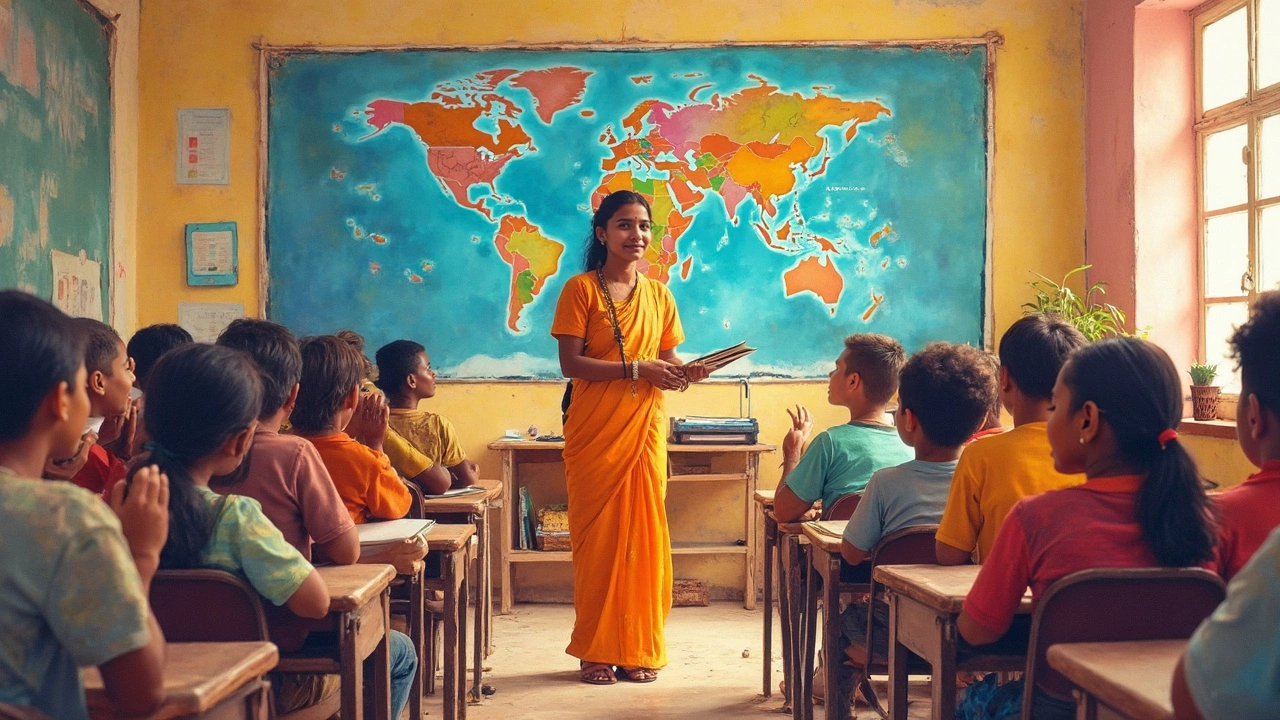Global Reach: Education Without Borders in 2025
Ever wonder why you can study a course from Delhi while sitting in Delhi, but the teacher lives in Boston? That’s the power of global reach. With a few clicks, learners tap into content, teachers, and peers from any corner of the world. It’s not a futuristic fantasy – it’s happening right now, and it’s changing how we learn.
Why Global Reach Matters
First off, global reach levels the playing field. A student in a small town can access the same video lectures as someone in a top‑tier city. That means talent isn’t limited by geography. It also brings fresh perspectives into the classroom. When a class discusses a science concept, hearing how a peer from Kenya solves it can spark new ideas that wouldn’t appear in a local-only setting.
Second, employers are looking for people who can work across cultures. By studying with classmates from different countries, you pick up soft skills—communication, empathy, adaptability—without a study‑abroad program. These skills are now a must‑have on many job descriptions.
Tools Driving Worldwide Learning
So, what makes this global reach possible? A handful of platforms lead the charge. Massive Open Online Courses (MOOCs) like Coursera and edX host courses from Ivy League schools that anyone can audit. Learning management systems such as Moodle let schools set up virtual classrooms that students can join from any device.
Social learning apps add another layer. Platforms like Discord or Telegram host study groups where learners exchange notes in real time, regardless of time zones. Even AI‑powered translators break language barriers, turning a Hindi lecture into a readable English transcript on the fly.
Mobile connectivity also plays a big role. Affordable smartphones and 4G/5G networks mean even remote villages can stream video lessons. Governments are investing in digital infrastructure, so the gap between urban and rural learning is shrinking.
Finally, certification bodies are adapting. Badges and micro‑credentials earned online are now accepted by many universities and companies. That gives learners a clear path from a free online course to a recognized qualification.
All these tools work together to create a truly global classroom. You don’t need to travel far to get a world‑class education—just a reliable internet connection.
Want to make the most of this global reach? Start by picking a platform that aligns with your goals, join a community that supports you, and set a routine that fits your time zone. Remember, consistency beats occasional binge‑learning every time.
In short, education’s global reach is breaking down walls, opening doors, and giving every learner a chance to compete on a worldwide stage. The more you tap into these resources, the better your chances of staying ahead in 2025 and beyond.
Is CBSE Only in India? Exploring Its Global Reach
CBSE, known for its rigorous curriculum and clear guidelines, primarily operates in India but extends to numerous countries worldwide. It not only serves Indian students but also caters to a global audience, providing standardized education across borders. With its focus on holistic development and practical application of knowledge, CBSE sets a benchmark in education. This article explores the presence and impact of CBSE beyond India's borders, offering insights into its adaptability and acceptance in diverse educational landscapes.
read more